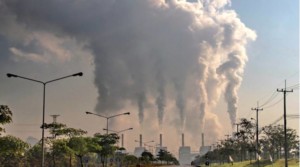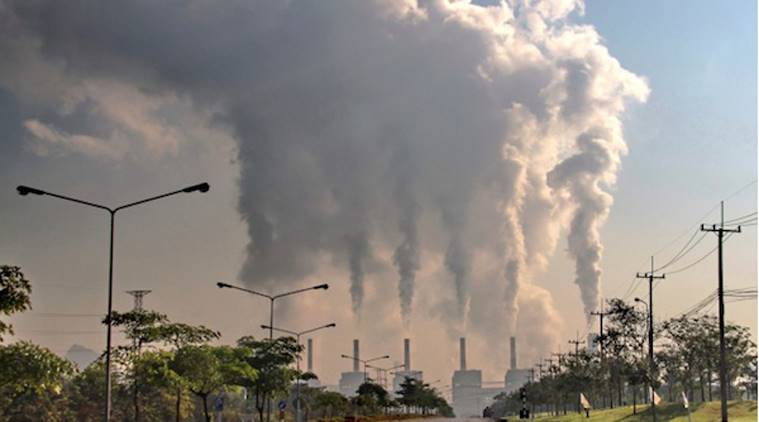 NEW DELHI: Starting next year, India has planned to bring down emission levels of all old power plants to national standards by 2022, a top Environment Ministry official has said.
NEW DELHI: Starting next year, India has planned to bring down emission levels of all old power plants to national standards by 2022, a top Environment Ministry official has said.
Union Environment Secretary C K Mishra also said that “very old” plants in the country might be closed down.
“When it comes to addressing climate change issues, the first thing that one needs to do is to acknowledge that there is an issue… In the backdrop of the Paris agreement, the NDCs (Nationally Determined Contributions) announced by India, so far, according to me, is already ambitious.
“But, there are development imperatives, and India is one of the fastest growing economies, so as growth takes place, emissions levels are bound to rise. So, the story of India and the narrative is that of responsible growth,” he said.
Mishra said this during the inaugural edition of ‘The Earth Dialogues’, hosted by a public advocacy firm here. He also discussed the road ahead for the government in the clean energy sector.
“We have a plan in place, wherein from 2019 onwards and by 2022, emission levels of all old power plants will be brought to national standards. Some may be closed which are very old, but rest will be done,” Mishra said.
State-run National Thermal Power Corporation (NTPC) is doing retrofitting works in old plants in a “big way”, the secretary said. “It is a time-consuming process and one of these additions takes about 18 months,” he said.
Mishra said the emission scenario would improve if emission norms for boilers and technology that are friendly to emission reduction are implemented.
Thermal and other fossil fuel-based power plants are one of the main causes of air pollution. “Doing is well worth it, as the cost of not doing is much higher,” he said.
“The Badarpur plant, for example, remains closed. We are holding it, and will operate only in case of extremely critical power situation in Delhi. Next year, anyways, we are shutting it down, as we have an alternative system being built,” he said.
In Bawana, the gas power plant is running at 20 per cent capacity. It has two units of 750 MW each, Mishra said. “By next month, the first unit of 750 MW will fully run on gas with full capacity. Gas is a much greener fuel,” he said.
Mishra said while the Paris agreement has its own modalities, “what about the pre-2020 commitments”.
The 2015 Paris accord is an agreement within the United Nations Framework Convention on Climate Change (UNFCCC) dealing with greenhouse gas emissions mitigation, adaptation, and finance starting in 2020.
The agreement sets out a global action plan to put the world on track to avoid dangerous climate change by limiting global warming to well below two degrees Celsius.
“There are two factors which are of importance in the backdrop of the Paris accord – transfer of technology to developing countries must be unfettered and when it comes to climate finance, it should be new and distinguishing,” Mishra said. PTI








